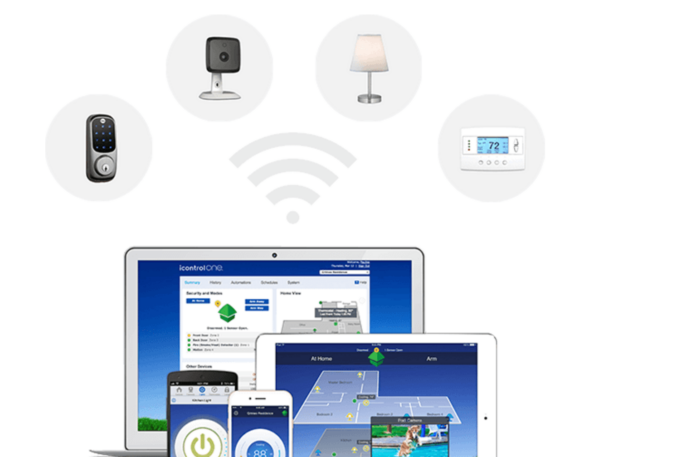The 400 largest cellular IoT deployments at a global level together account for 279 million units, according to a recent study by Swedish consultancy firm Berg Insight.
The study includes various types of projects deployed across all types of vertical markets, including aftermarket automotive, fleet management and Mobile Resource Management (MRM), healthcare, OEM automotive, retail applications, smart homes and buildings, utilities, wearables and consumer electronics, as well as industrial machine-to-machine, among others.
Rickard Andersson, principal analyst at Berg Insight, noted that the volume of IoT connections included in these large cellular IoT projects corresponds to 23% of the total number of cellular IoT connections worldwide at the end of 2018.
The consultancy firm forecasted that those 400 cellular IoT projects are forecasted to grow to 652 million units by 2023, representing a compound annual growth rate of 18.5%.
“More than 50 deployments on the list have surpassed 1 million subscriptions and the top-10 projects alone account for over 95 million units”, the analyst said. Fleet management and MRM is the largest vertical in terms of the number of projects that made the top list, followed by retail applications, aftermarket automotive, utilities and OEM automotive as well as smart homes and buildings.
OEM automotive is the largest vertical in terms of units, accounting for 77 million units, followed by utilities, with nearly 44 million units and fleet management and MRM, with almost 40 million units.
According to a recent study by the Swedish firm, the number of devices managed on commercial IoT connectivity management platforms (CMPs) is expected to grow at a CAGR of 32.6% from 770 million in 2018 to reach 3.15 billion by 2023.
Mobile operators use connectivity management platforms to facilitate the delivery of IoT connectivity services and offer self-service connectivity management solutions to enterprise customers, Berg Insight noted. The adoption of third-party platforms has “increased notably” in recent years, although many mobile operators still use bespoke or in-house developed solutions to serve all or parts of their IoT operations, the consultancy said.
It went on to add that a number of leading mobile operators such as Vodafone, Deutsche Telekom, Verizon and Telefónica are continuing to invest in the development of their proprietary platforms, to differentiate themselves from the competition.
IoT managed service providers are a category of players that typically provide complete IoT connectivity management platforms next to connectivity and sometimes also other value-added services targeted at specific segments, the analyst firm said. It highlighted that highlighted that Chinese vendor Huawei is the leading IoT CMP vendor with close ties to Chinese carriers China Mobile and China Telecom and managed more than 600 million IoT SIMs by mid-2019. Whale Cloud, formerly known as ZTEsoft and partly owned by Alibaba Group since 2018, is the runner-up in the Chinese market and manages 106 million IoT SIMs. Cisco is the largest commercial IoT CMP vendor outside of China with 130 million connections, followed by Vodafone and Ericsson.
“IoT managed service providers play a key role in the ecosystem in western markets, where they account for around 10–15% of IoT subscribers”, said Fredrik Stålbrand, senior analyst at Berg Insight.

